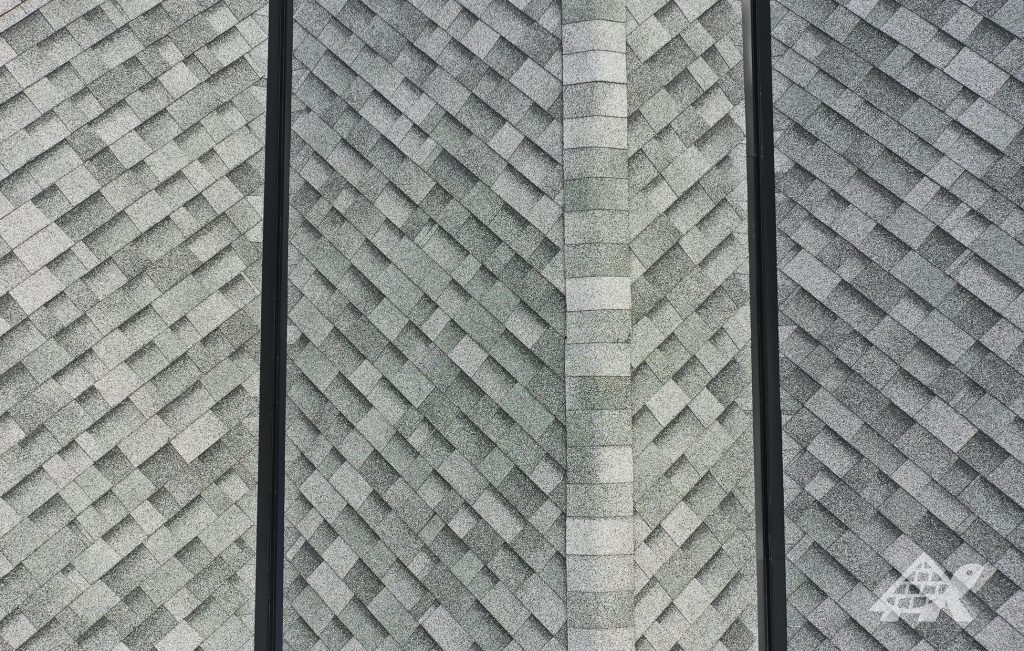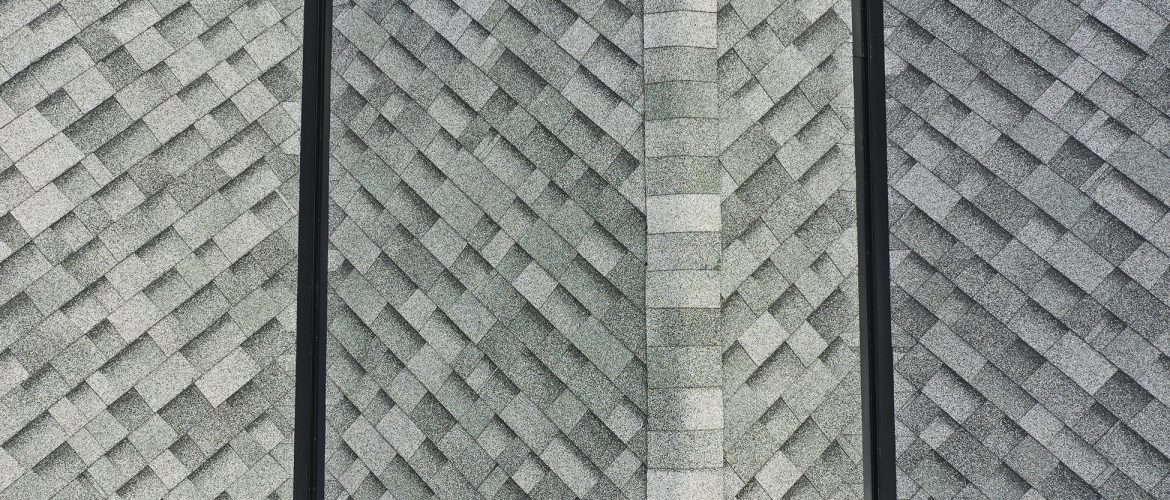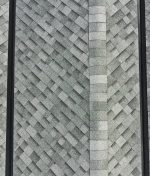
Water never stops looking for a way in. That is why roof flashing is one of the most important parts of any roofing system. Flashing bridges the gap where materials meet, then directs water back onto the surface so it can drain away. In this guide we explain chimney flashing, step flashing, valley flashing, and counter flashing, where each belongs, and how proper installation prevents costly leaks. If you need roof leak repair or are planning a reroof, this checklist will help you ask the right questions.
What flashing does and why it fails
Flashing is thin, shaped metal that protects joints and transitions. Think chimneys, skylights, sidewalls, headwalls, and valleys. Leaks usually happen when flashing is missing, the laps face the wrong way, or sealants are doing a job that metal should handle. Age and wind can also loosen fasteners. The fix is not more caulk. The fix is correct flashing installation with clean overlaps, tight fasteners, and smart water paths.
Key flashing types you should know
Chimney flashing
A chimney needs two lines of defense. The base and sides use pan and step flashing to kick water away. The brick or stone then gets counter flashing that tucks into reglets and overlaps the base pieces. This layered approach lets the roof move with seasons while the chimney stays sealed.
Step flashing and sidewall flashing
Step flashing is a series of small L-shaped pieces installed with each shingle course where a roof meets a vertical wall. When that wall runs along the shingle courses, many pros also use the term sidewall flashing. Each piece overlaps the next so water steps down the roof without reaching the wall.
Valley flashing
Valleys collect the most water on the entire roof. Valley flashing is a continuous metal trough formed over the underlayment where two slopes meet. It must be wide enough to handle heavy rain and snowmelt. Shingles should be cut back from the center line so water stays in the metal channel.
Counter flashing
Counter flashing covers and protects base flashing on chimneys and some wall tie-ins. On masonry it is cut into a groove and bent down over the base flashing. This creates a reliable cap that does not rely on surface sealants.
Materials that last
- Aluminum. Light and easy to shape. Common for flashing installation around siding and chimneys that are not highly corrosive environments.
- Galvanized steel. Strong, cost effective, and widely used on residential roofs.
- Copper. Premium, long lasting, and ideal for masonry chimneys or historic homes.
- Pre-finished metals. Color matched options that blend with trim and fascia.
Our crew selects the right metal based on environment, roof pitch, and the surface it touches.
| Flashing Type | Primary Location | Typical Metal | Key Notes |
|---|---|---|---|
| Chimney flashing | Base and sides of chimney | Galvanized steel or copper | Layer with step flashing; seal to roofing |
| Counter flashing | Masonry chimneys | Copper or galvanized steel | Cut into reglet; overlap base pieces |
| Step flashing | Roof to wall sidewalls | Galvanized steel or aluminum | One piece per shingle course; minimum 2 in overlap |
| Sidewall flashing | Long wall along shingle runs | Galvanized steel or aluminum | Use with siding or cladding trims; add kickout at base |
| Valley flashing | Where two slopes meet | Galvanized steel, aluminum, or copper | Keep shingles cut back; wide center channel |
| Headwall flashing | Roof to wall at bottom edge | Galvanized steel or aluminum | Tucks under siding; over shingles |
| Kickout flashing | Base of a sidewall into gutter | Galvanized steel or aluminum | Diverter that sends water into the gutter; protects siding |
| Skylight flashing | Perimeter of skylight curb | Galvanized steel or aluminum | Use manufacturer kit; include step and head flashing |
Proper installation basics that stop leaks
- Laps face downhill so water always sheds off metal and onto shingles
- No exposed fasteners in valley centers or water channels
- Step pieces overlap at least two inches and pair with each shingle course
- Counter flashing is set into masonry grooves, not surface glued
- Ice and water shield under all valleys and up sidewalls before metal goes on
- Kickout flashing at the base of sidewalls to keep water off siding and into the gutter
These small details deliver proper installation and protect finishes for years.
Signs you may need roof leak repair
- Water stains at ceilings near chimneys or sidewalls
- Soft drywall on the upper floor after heavy rain
- Shingles cut tightly into a valley with no visible metal
- Surface caulk used in place of metal around brick or stone
If you see any of these, schedule a professional inspection. We will locate the source, document the issue, and repair with new metal rather than temporary sealant.
Repair or replace, how we approach flashing work
Roof leak repair often focuses on a single transition. We remove the courses around the area, correct the metal details, then re-shingle with clean lines. If the roof is near the end of its life, we recommend updating all transitions during replacement. Flashing is a system, and a strong roofing system keeps water moving the right way from ridge to ground.
Frequently asked questions
Why do chimneys leak so often?
They combine movement, masonry joints, and high water flow. Chimney flashing with true counter flashing solves most problems.
Can caulk fix a flashing leak?
Sealant is a helper, not the solution. Good metal details with correct laps are the real fix.
Do all roofs need valley metal?
Open metal valleys are the most durable choice in high flow areas. Some systems allow closed shingle valleys, but metal is the safer option for long service.
What about sidewalls that have siding?
Use sidewall flashing and kick out flashing at the base so water cannot slip behind the cladding.
Why homeowners choose Turtle Roofing
- Experienced crews that prioritize proper installation over quick patches
- Metal details matched to your home and climate
- Clean job sites, steady communication, and a walkthrough at the end
- Workmanship warranty on flashing and tie-ins
We treat your home like our own and we make sure the finishing details protect it.
Ready to stop leaks at the source
If you suspect a flashing issue, stay on the ground and call the pros. Turtle Roofing will inspect your transitions, explain the options, and complete durable roof leak repair or replacement details that last. From chimney flashing to valley flashing, we build water paths that work.
www.turtleroofing.com/contact-us/
Protecting Your Shell with smart metal details and a roofing system that sheds water the right way.





